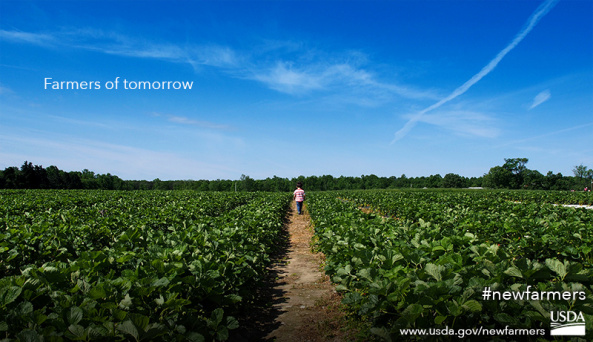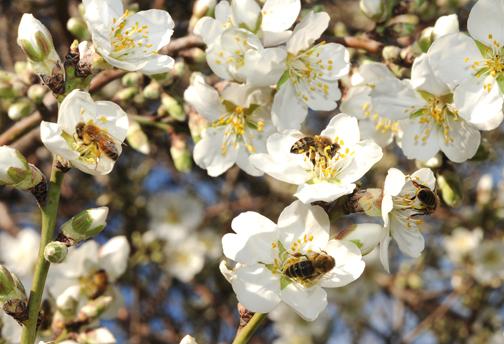New National Network for Women in Agriculture
USDA Creates New National Mentoring Network for Women in Agriculture
By Agriculture Deputy Secretary Krysta Harden
To be a woman in agriculture is to face a unique set of challenges. And because I know all too well the trials that women can face as they look to take on leadership roles, I made it a goal as USDA’s Deputy Secretary to start a community for women leaders in agriculture.
This past fall, I held a White House discussion with farmers, agribusiness, academics and youth leaders about the opportunities that exist to help advance women in agriculture to leadership positions. Since that meeting, the response has been overwhelming. Women from all walks of life and every sector of the agriculture supply chain are empowering one another, and they’re sharing beautiful photographs and touching stories about how they’ve done it.
Today, I am announcing the creation of the Women in Agriculture Mentoring Network. This newly established network is designed to support and engage women across all areas of agriculture and to foster professional partnerships between women with shared backgrounds, interests, and professional goals.
We have created an e-mail address, agwomenlead@usda.gov, for you to share your suggestions, stories and other snippets on how we can build a new generation of women leaders in agriculture. By e-mailing us, you will automatically be added to the Women in Agriculture Mentoring Network.
I am truly excited by the passion and confidence I continue to see in women in agriculture across the country. In the office, on the road, I am constantly stopped by young women looking to find mentorship, or current leaders looking to lift up our next generation. Now, with our new network, you can.
This is just the first step in giving women the tools they need to be successful agricultural leaders. Keep sharing your stories using #womeninag and stay tuned for more information on the Women in Agriculture Mentoring Network.
Madeline Schultz, cofounder of the Women in Agriculture Learning Network, posted TODAY:
The online community at Women in Agriculture Learning Network looks forward to partnering with USDA on this new initiative! The Deputy Secretary’s commitment to rural women and to this new project further validates and recognizes the important roles women take on from leadership on cooperative boards to managing the family farm.












